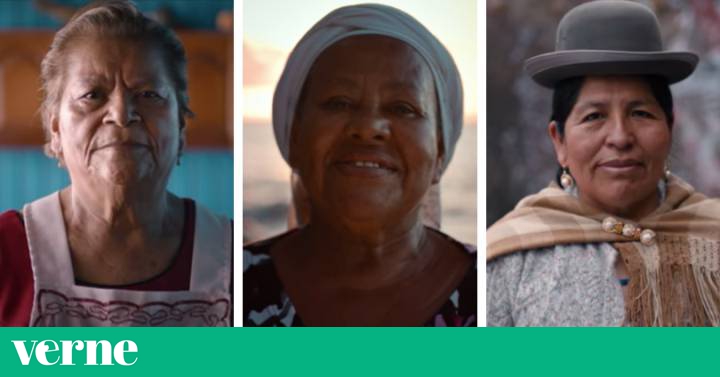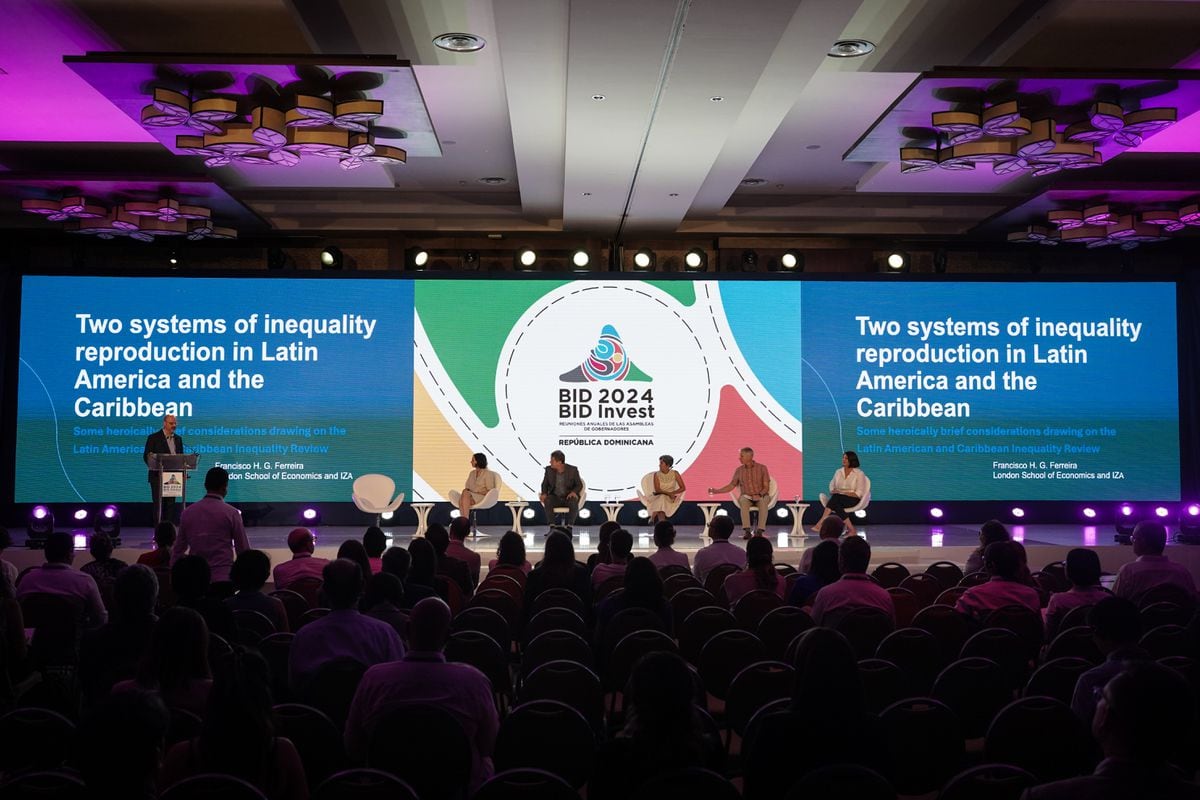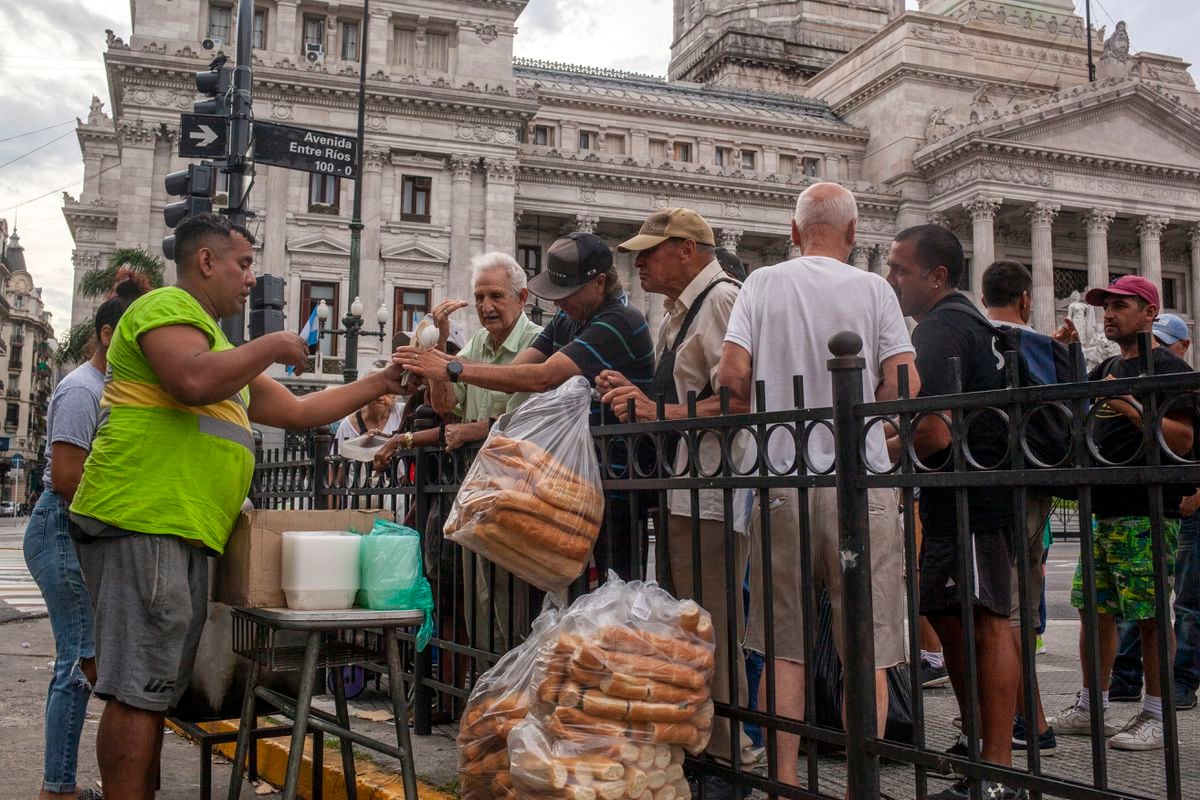Most of the great chefs in Latin America are men. Their food of the highest level is an ambassador of the gastronomy of their countries and many of them resort to new techniques and flavors that mix with tradition to stand out. That tradition is the same that is kept alive in the stalls, the markets and that feeds entire cities that live fast, where people seek to eat fast, rich and for little money. If the streets of Mexico, Argentina, Brazil, Bolivia, Colombia and Peru have anything in common, they are their food stalls, usually manned by a woman.
This is what the new season of the Netflix series Street Food, Latin America edition -from the creators of the successful Chef's Table- is doing, which reviews six different cities to show what the streets of Oaxaca, Buenos Aires know and smell of, Salvador de Bahía, La Paz, Bogotá and Lima.
In each chapter the life of a main protagonist (five women and one man) intersects with that of other vendors and vendors to tell a common story of perseverance, hard work, flavor and identity where ancient ingredients, ancient recipes, colonial cuisine come together , influence of the migration of past centuries and the mixture of flavors from Africa, Asia and Europe that result in a diverse and tasty gastronomy.
Stories like that of Valentina, Luz or Emiliana narrate how these cooks decided to put on the apron to help their family out when they had no other. Their lives speak of the exclusion that women live in the world of work in Latin America, of poverty, violence and marginalization. Others, like the story of Pato in Buenos Aires and Tomás in Lima tell stories of diversity and break stereotypes to continue the family tradition from food.
The memelas - tortillas with seat, cheese and sauce - of Doña Valentina have become one of the most recognized of the Central de Abastos in Oaxaca (Mexico). The ajiaco sold by Luz in the Perseverance Market was awarded the best in Bogotá (Colombia) and the potato fillings that Emiliana prepares every day are so successful that she has been able to put eight more stalls on the streets of La Paz (Bolivia) . With the catch of the day that her husband brings her, Doña Suzana offers her famous moqueca, a Brazilian fish stew that she offers every day in the patio of her house.
"Street food is the conservator of our gastronomy, identity and tradition (...) these women are the ones who keep the gastronomic culture alive," says Marsia Taha, chef at the Gustu restaurant in La Paz, in one of the episodes. Culinary recognitions may be monopolized by chefs, but those who feed an entire continent every day are mainly women.
The battle of the tlayuda
To promote the series premiere, Netflix conducted a survey on its Twitter account of which food was the most popular in Latin America. The tlayuda won, a typical dish from Oaxaca. The result was so at odds with the Peruvian ceviche that it became a trend throughout the day.
The competition started with six contestants: the choripán (Buenos Aires, Argentina), the acarajé (Salvador, Brazil), the ajiaco (Bogotá, Colombia), the ceviche (Lima, Peru), the tlayuda (Oaxaca, Mexico) and the filling potato (La Paz, Bolivia). The final battle took place between the Argentine, Peruvian and Mexican dishes. The Oaxacan tlayuda is a corn tortilla about 30 cm in diameter or more, which is made with white corn dough. To this base you can add cheese, refried beans, beef jerky, beef jerky or chorizo.
Follow Verne México on Facebook, Twitter and Instagram and don't miss your daily ration of Internet wonders.



/cloudfront-eu-central-1.images.arcpublishing.com/prisa/GSAG3AFDE5GZ7CR5RU42LT63UM.jpg)

/cloudfront-eu-central-1.images.arcpublishing.com/prisa/4PKPLHZOXBG5TEAQ6JNDTUJXBA.jpg)
/cloudfront-eu-central-1.images.arcpublishing.com/prisa/ETGSMPG4ZNFJFFLVSLKB3DWPSQ.jpg)






/cloudfront-eu-central-1.images.arcpublishing.com/prisa/S7ERVSCT4FUVX6R7TUVBDNTH5Y.jpg)

